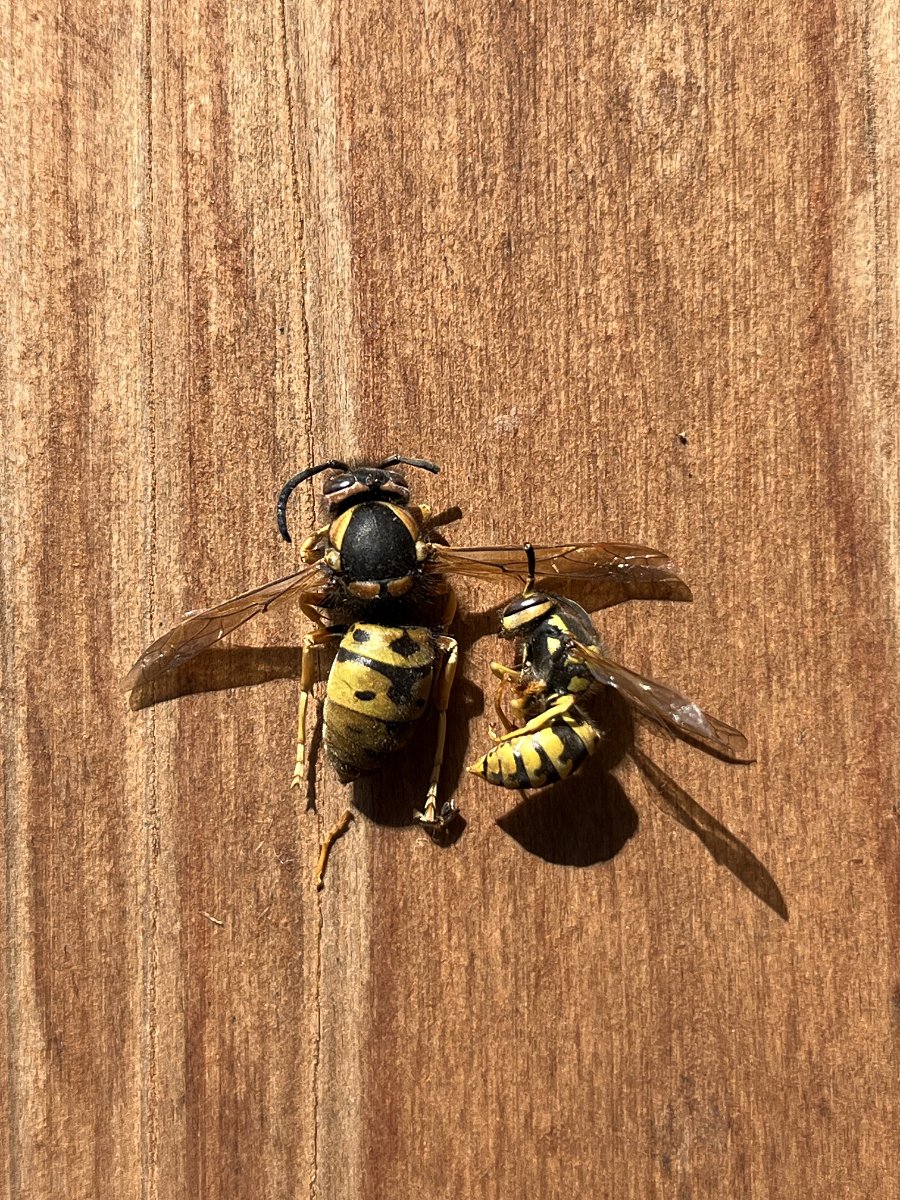There was a California tortoiseshell butterfly circling around me, the meadow, the oak trees, back around me, back around the oak trees, back around me, back around the meadow, and so on as butterflies fly. It was making me a little dizzy as I spun about following it. Eventually it came to rest right next to me on some fresh coyote scat on the trail. Butterflies like things sweet (flower nectar) and savory (coyote scat). From the nectar they get sugars for energy and from the coyote scat they get nutritious minerals. In addition to animal feces, butterflies are also attracted to urine, dead animals, and rotting fruit.
An action that is commonly observed among butterflies is a behavior known as “puddling.” They will land on moist sand and mud along streams or puddles and absorb vital minerals.
Butterflies have a mouthpiece know as a proboscis in which to gather nectar in flowers or probe around on coyote scat that is like a drinking straw. When they are not using it, it neatly curls up into a spiral next to the head. To help draw the liquids up through the proboscis, they have a sucking pump inside their head.
It is interesting to imagine that the life of a vole, field mouse, or rabbit that the coyote ate can be absorbed into the life of a butterfly and flutter through the blue sky and sunshine the next day.

























































